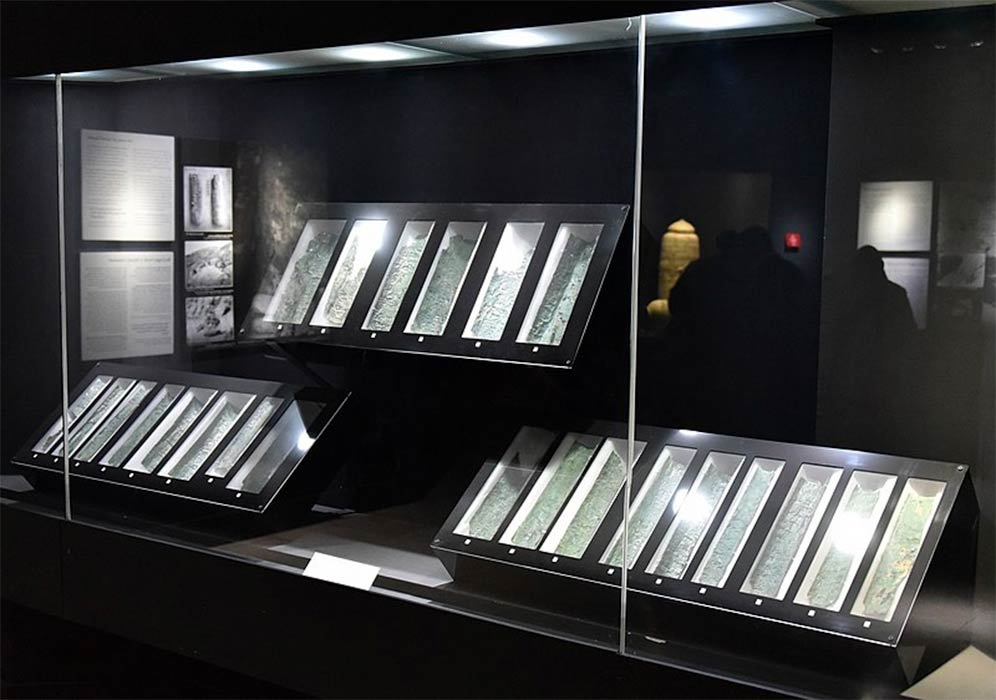
Enigma: The Copper Scroll Treasure List Decoded
The Dead Sea copper scroll has been deciphered. In a fascinating decoding exercise, it was discovered that the numbers listed as weights of treasures and cubit measurements on the scroll, were actually the indices of a magnificent calendar matrix. The findings end one of the most intriguing Biblical mysteries, which had confounded scholars for over 60 years. So preoccupied were previous investigators with the treasures, they had overlooked the importance of the numbers on the copper scroll. Instead, the lure of finding hidden treasures excited imaginations and led to archaeological expeditions. But all ended in failure simply because the descriptions to find the sites were incredibly vague or nonsensical.
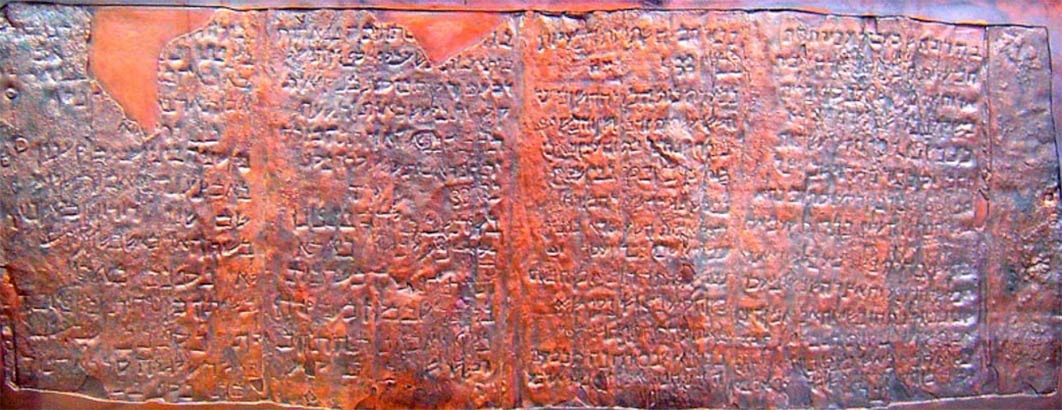
The Copper Scroll part of the Dead Sea Scrolls. (Mahdi Abdulrazak / CC BY-SA 2.0)
The numbers should have aroused suspicion because there was something gravely amiss about their layout. They were listed as the depths to dig in cubits to find specific numerical weights of gold and silver treasures at 64 locations. (Talents and cubits were the Biblical units of weights and measurements). On closer scrutiny it transpired that no numerical weights of treasures were listed at ten of the sites. Nor were there cubits listed at one third of the sites. That was the first breakthrough because it indicated that the cubits and weights of treasures were unnecessary at the other sites. So why were all those numbers listed? It made them the focus of attention and therefore, the numbers were entered onto a spreadsheet for analysis.
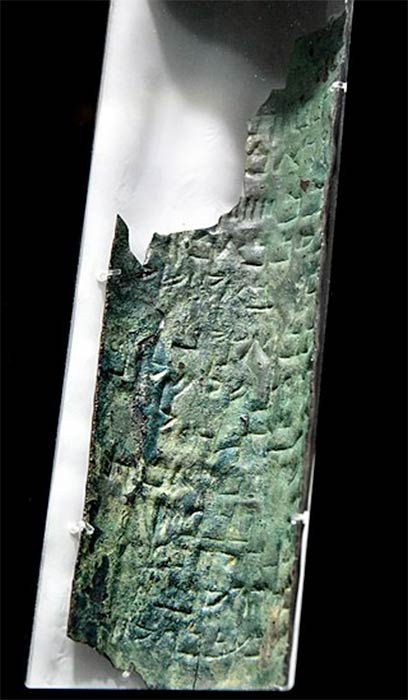
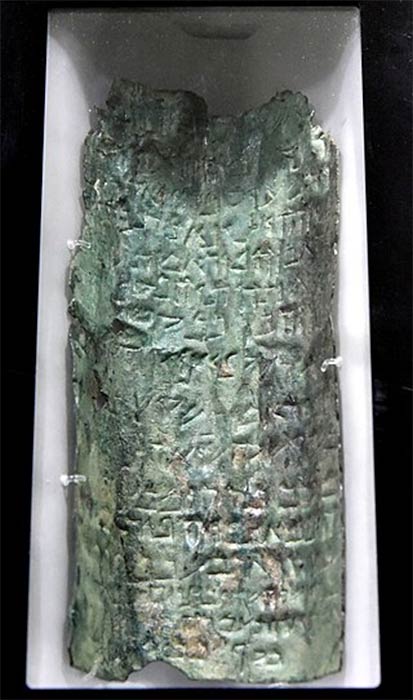
Strip 11 and Strip 15 of the Copper Dead Sea Scroll, from Qumran Cave 3, Jordan Museum (Osama Shukir Muhammed Amin )
Numbers in Fashion
In the analysis, eight translations of the copper scroll were utilised. These were entrusted to John Allegro, Garcia Martinez, Al Wolters, Michael Wise, Giza Vermes, Judah Lefkovits, Hack & Carey and Emile Puech. Despite the erosion of the copper scroll, the eight translators had come up with practically the same numbers and that was reassuring. The translation by Emile Peuch occurred after the copper scroll had undergone comprehensive restoration work. This enabled Peuch to list extra numbers, which had been illegible to the previous translators. There was still one number that was unrecognizable and another number whose value was suspect. The first few columns of the 12 columns of figures of cubits and treasures on the copper scroll are shown on the spreadsheet below.
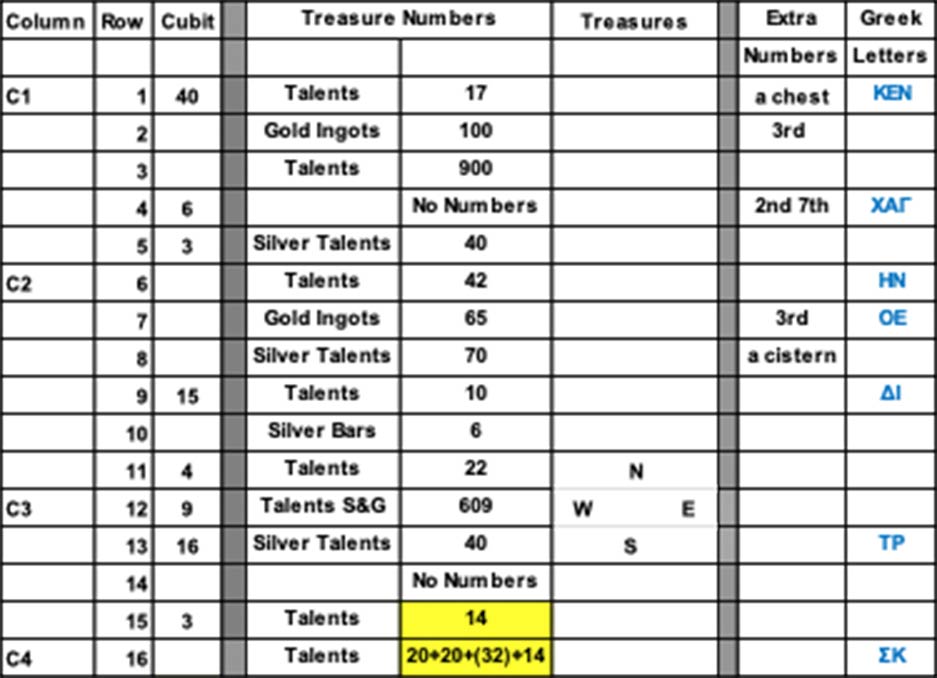
(Image: © Michael Hearns)
Some of the extra numbers identified by Puech are shown in yellow while seven sets of Greek letters are shown in blue. It is essential to be aware that ancient numerics, notations and calculations were very different than what is used today. A summary of the findings is outlined as follows:




